View of the Ohio River at Troy, Indiana and the magnificent Christ of the Ohio statue overlooking the river.
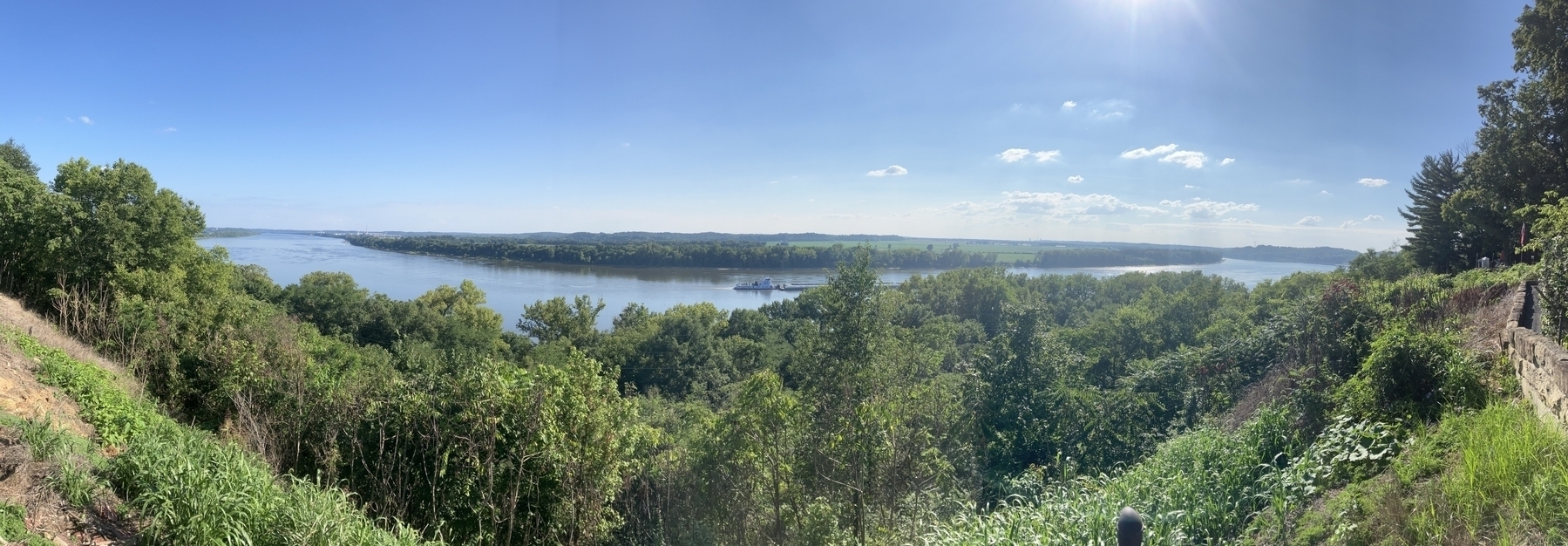
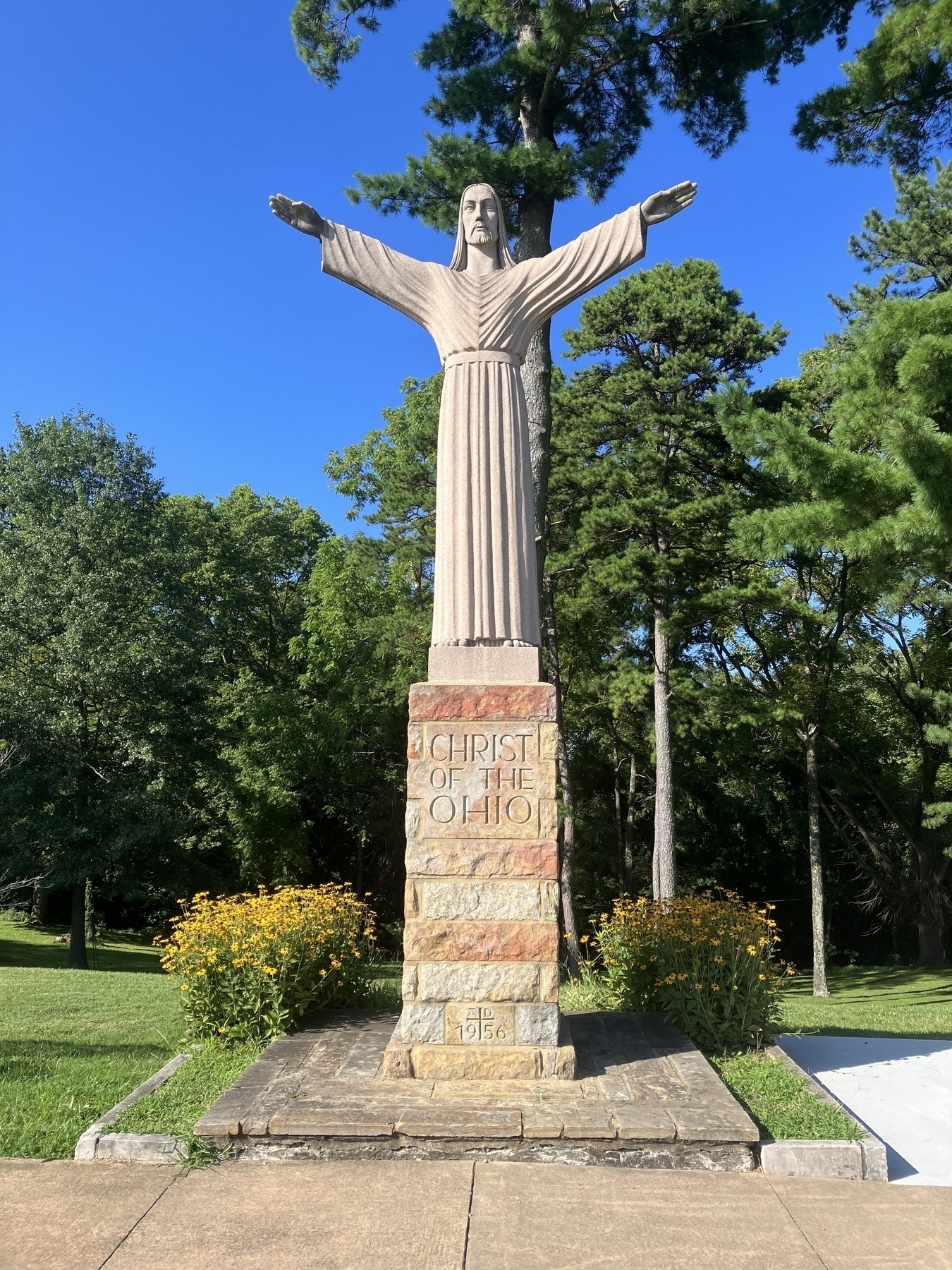
View of the Ohio River at Troy, Indiana and the magnificent Christ of the Ohio statue overlooking the river.


On the banks of the Wabash. (Near the Atheneum in New Harmony.)
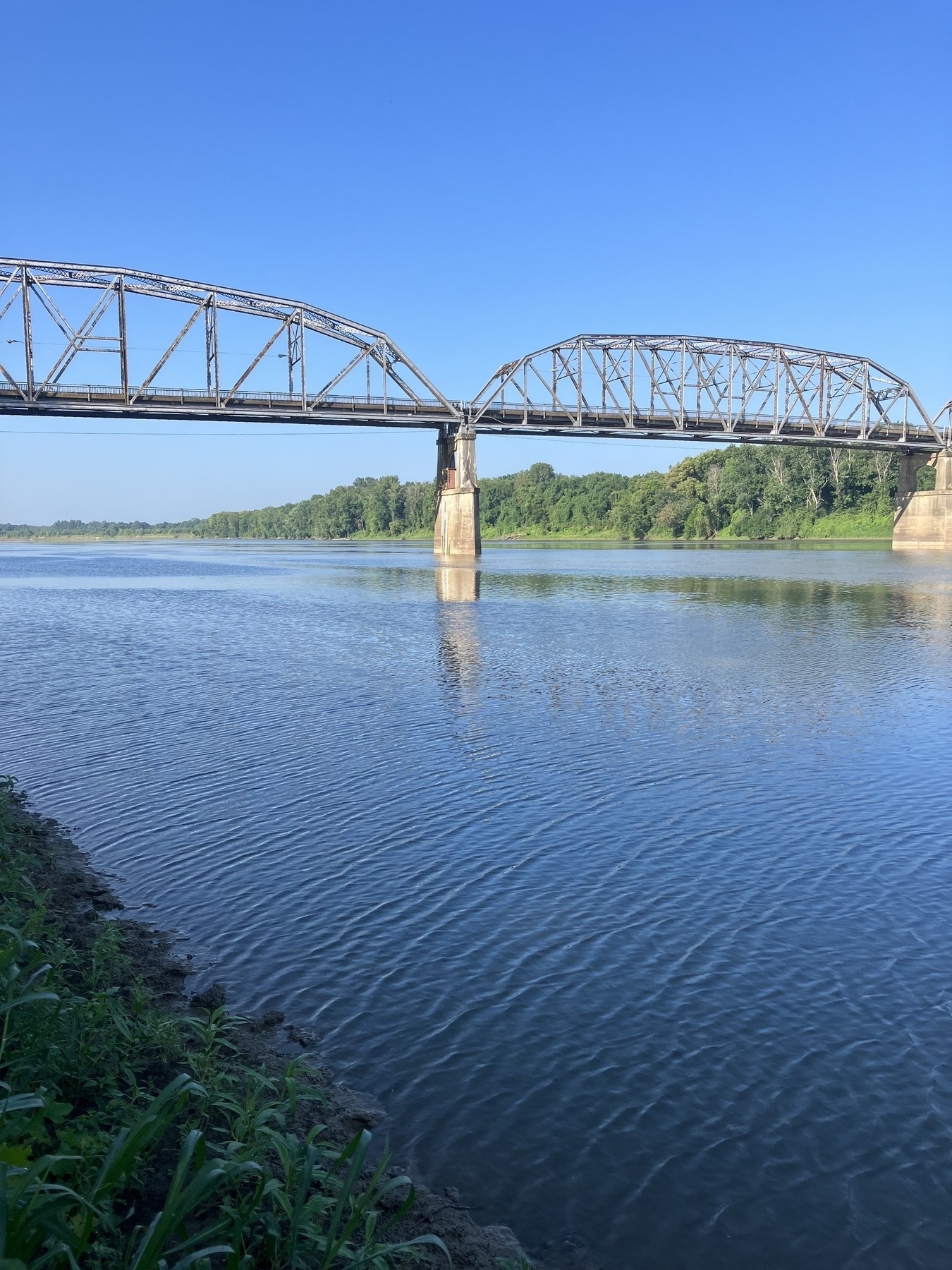
Another good documentary on New Harmony, produced by Indiana University. This one gives more information about the Harmonists, a community of apocalyptic Lutherans. They first established the settlement on the Wabash but, after ten years, sold it to Robert Owen and moved back to Pennsylvania.
Good video about the remarkable Robert Owen, textile manufacturer, co-operative socialist, and founder of the utopian community of New Harmony, Indiana—which I’ll be visiting on Wednesday.
Grist mill at Spring Mill State Park. It’s our local state park and it’s easy to forget how beautiful a place it is.
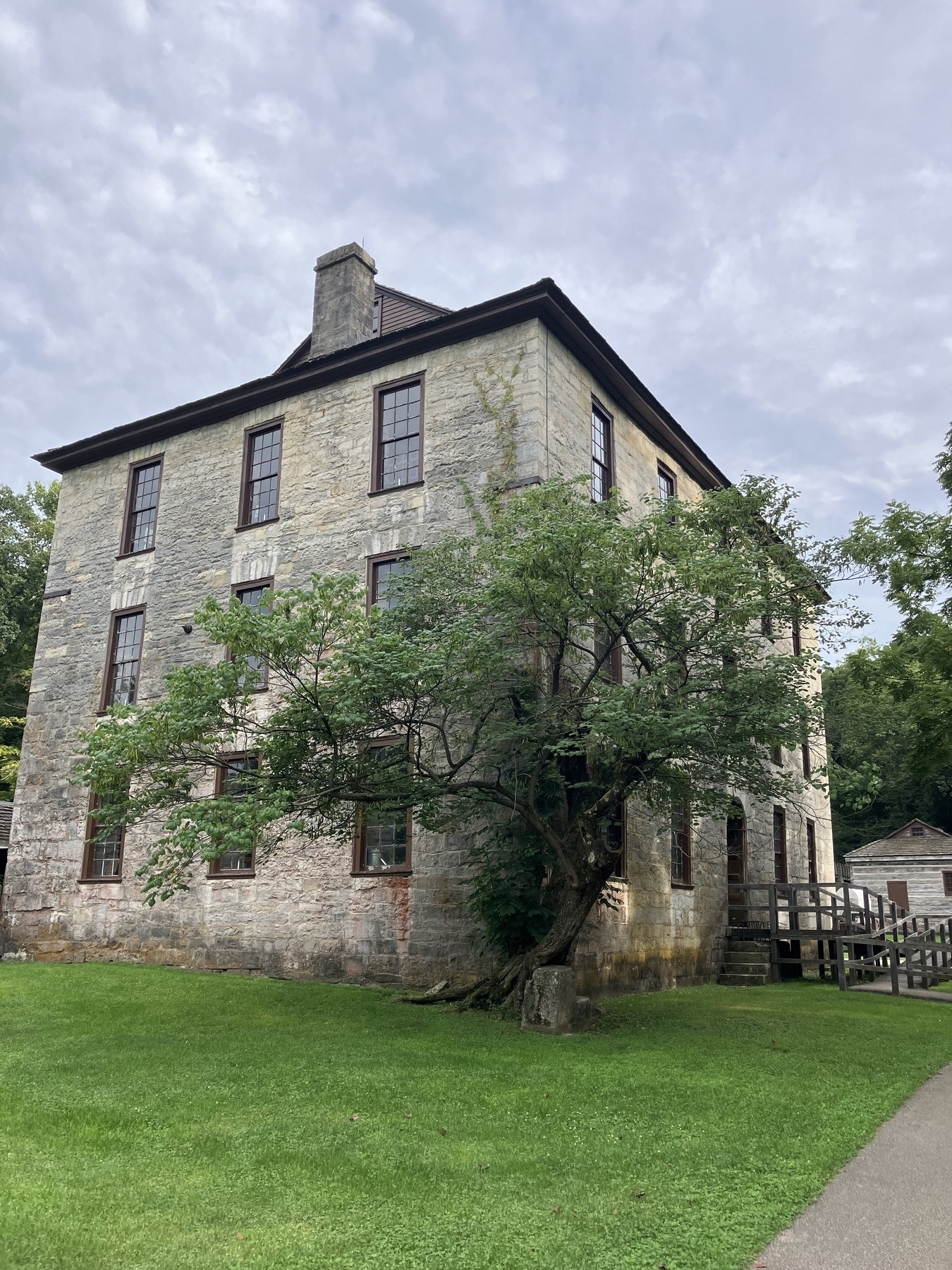
Once I get this next big batch of work to the auditors, I think I’ll take a day off. I want to plan a solo, local, day-long road trip. A combination of sites from Roadside America, historic cemeteries, and sites from this video (the narrator isn’t the best, bless him, but his videos are useful).
At Breckinridge Cemetery on the north side of Bedford, IN, is a monument to the unidentified Civil War dead at nearby Camp Lawrence.
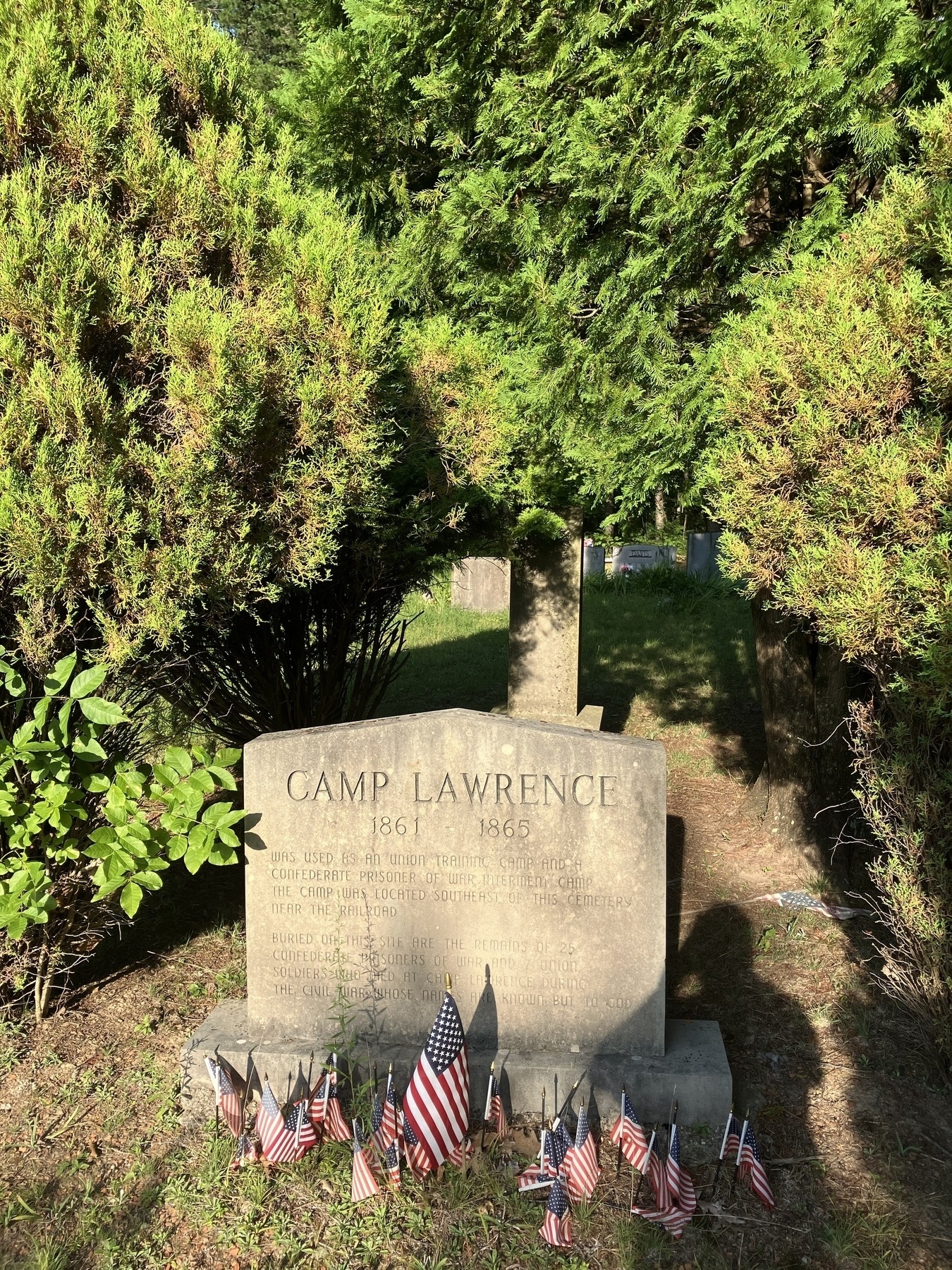
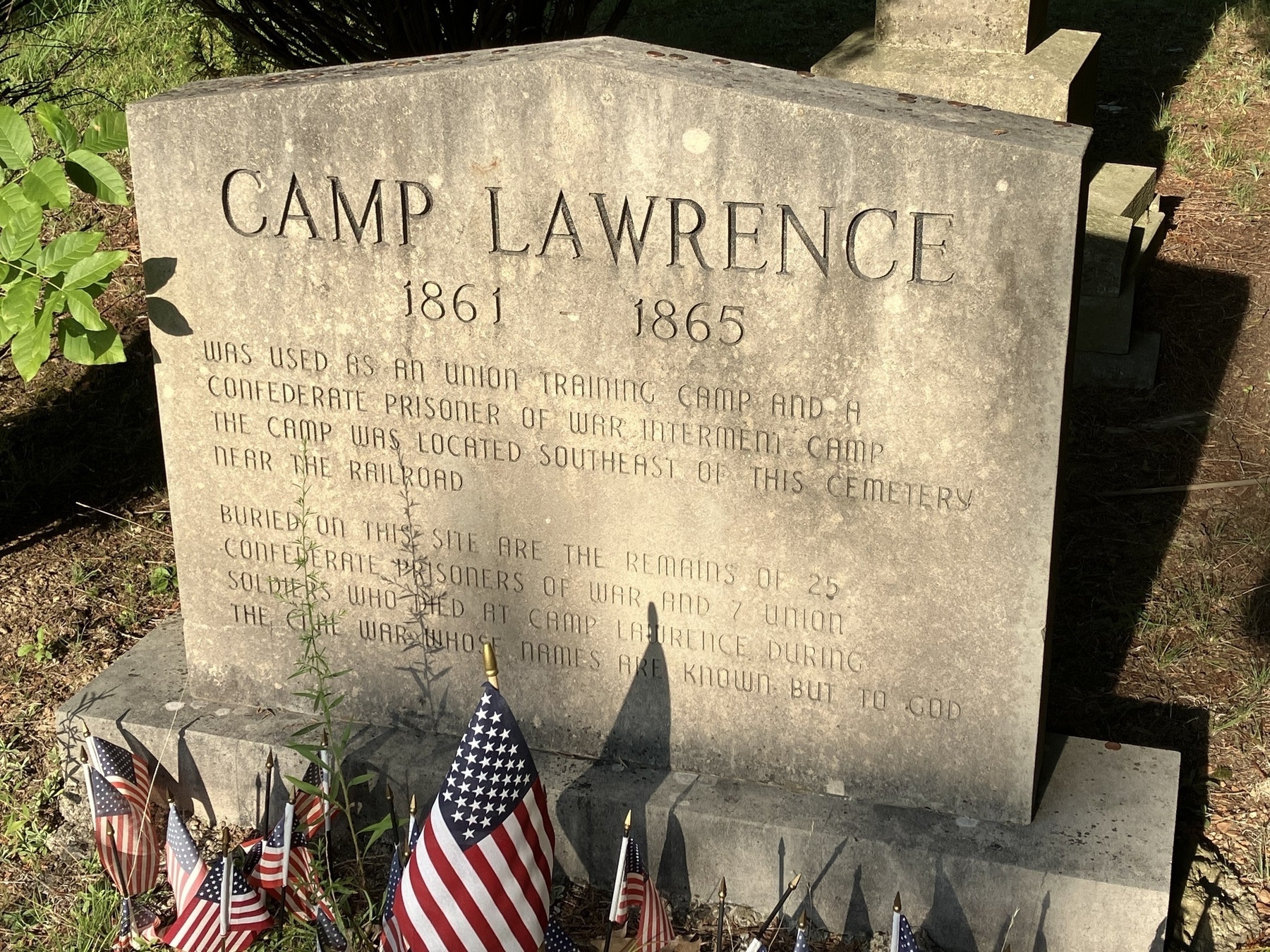
The text of the monument is as follows:
CAMP LAWRENCE
1861-1865
Was used as an Union training camp and a Confederate prisoner of war interment (sic) camp. The camp was located southeast of this cemetery near the railroad.
Buried on this site are the remains of 25 Confederate prisoners of war and 7 Union soldiers who died at Camp Lawrence during the Civil War whose names are known but to God.
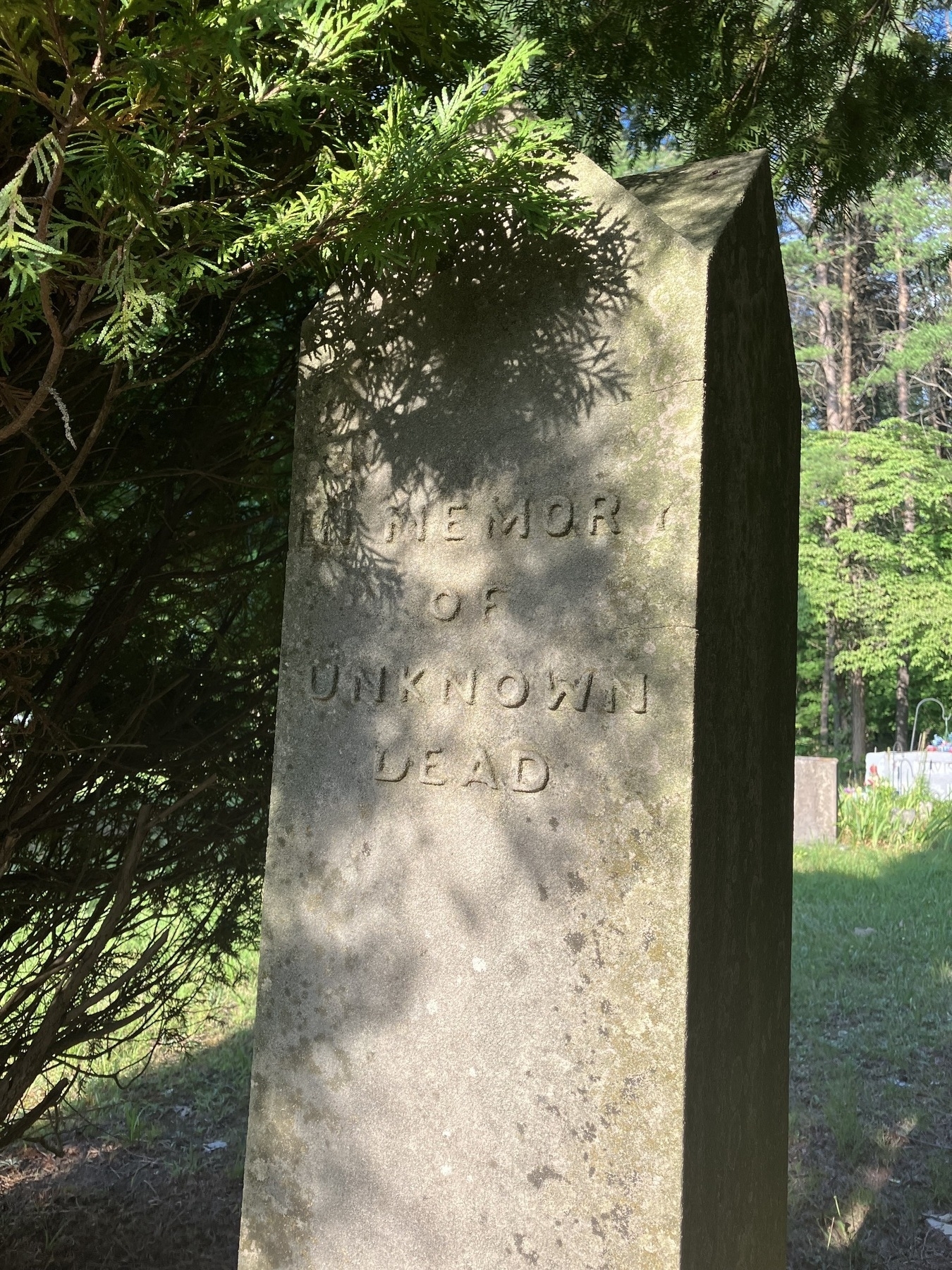
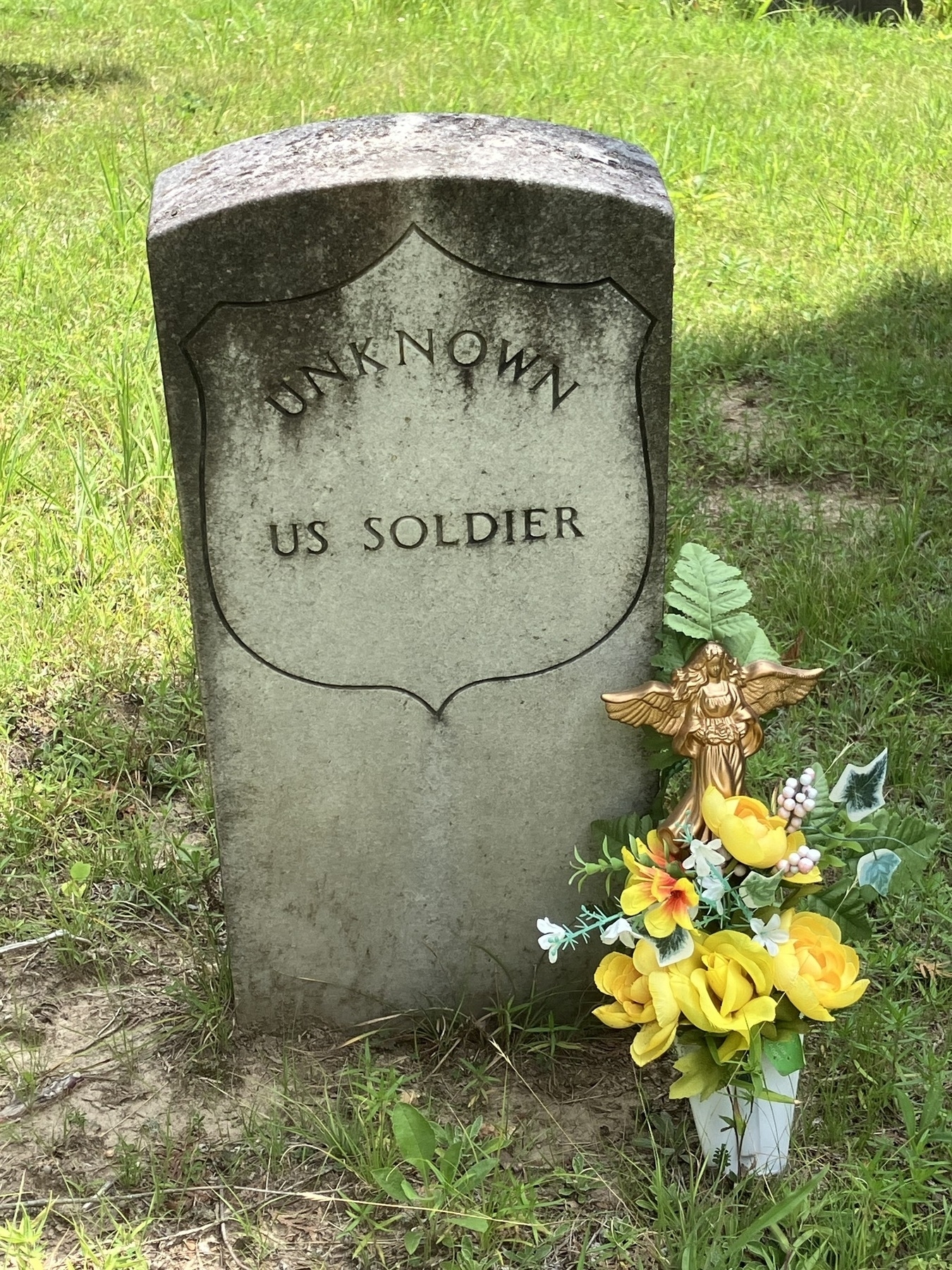
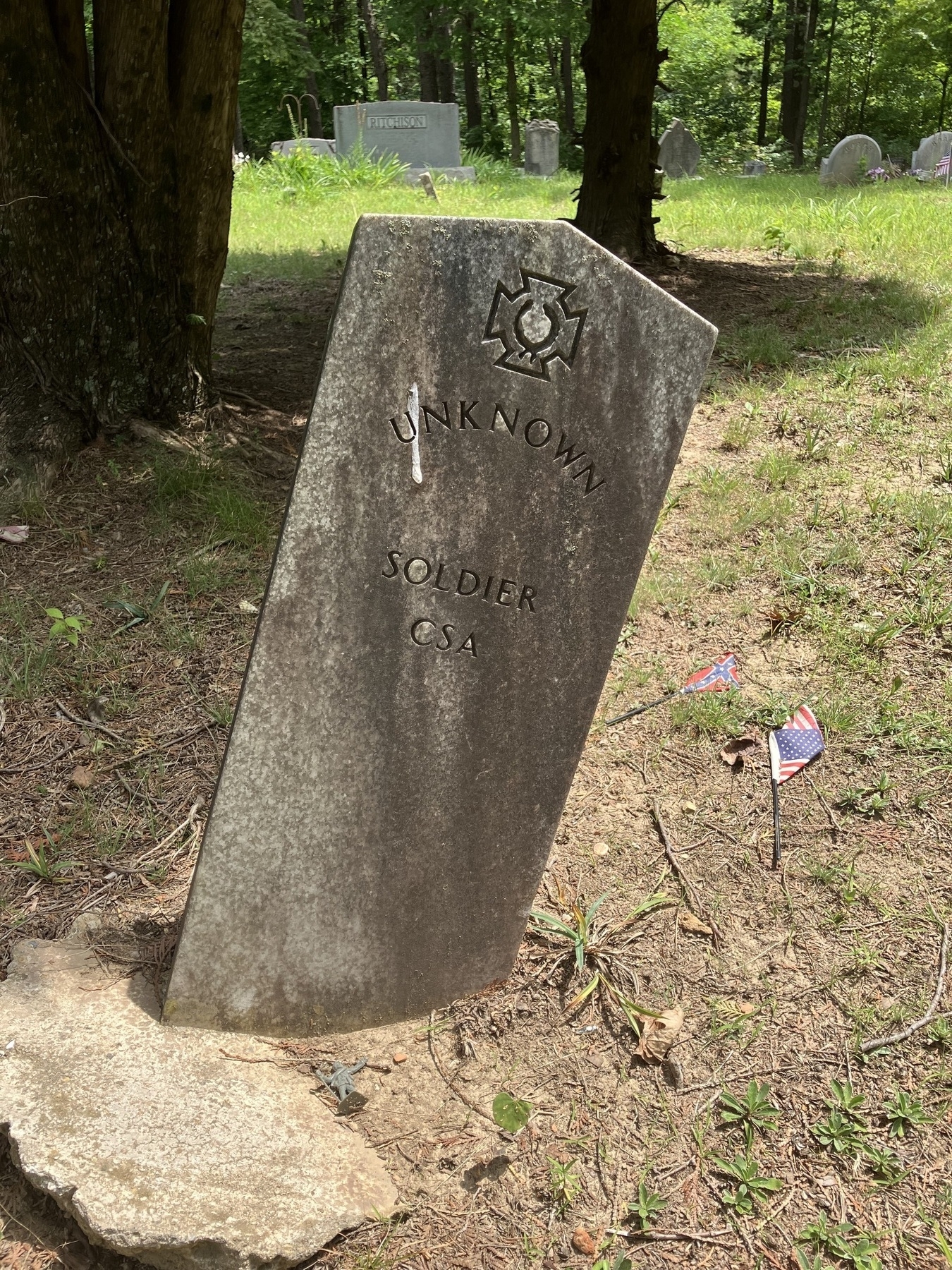
Spending the evening at a DIY music festival, listening to a bunch of local folk musicians. The cicadas are playing a set while the humans set up for their next performance.
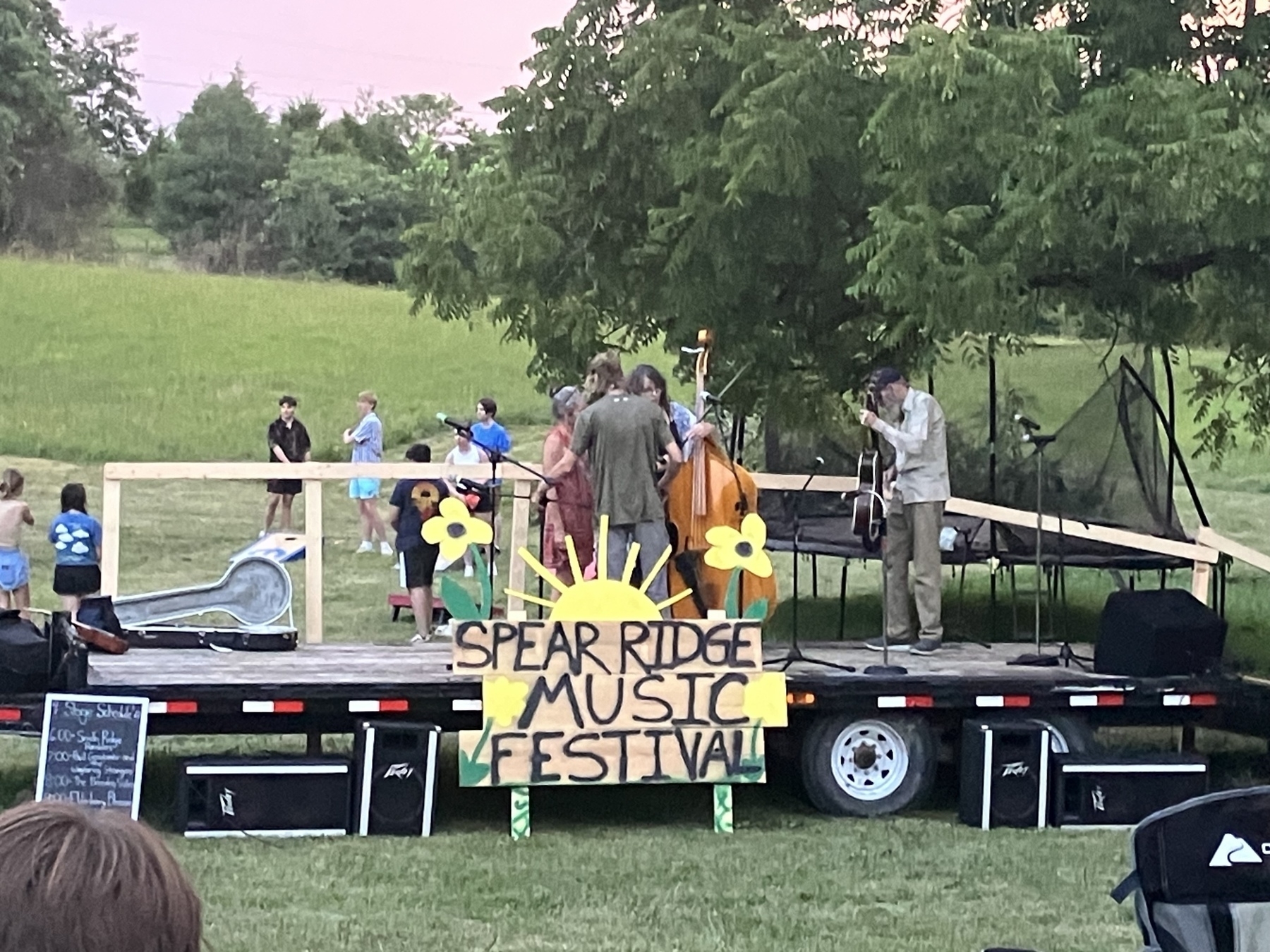
Neighborhood lions, carved in limestone.
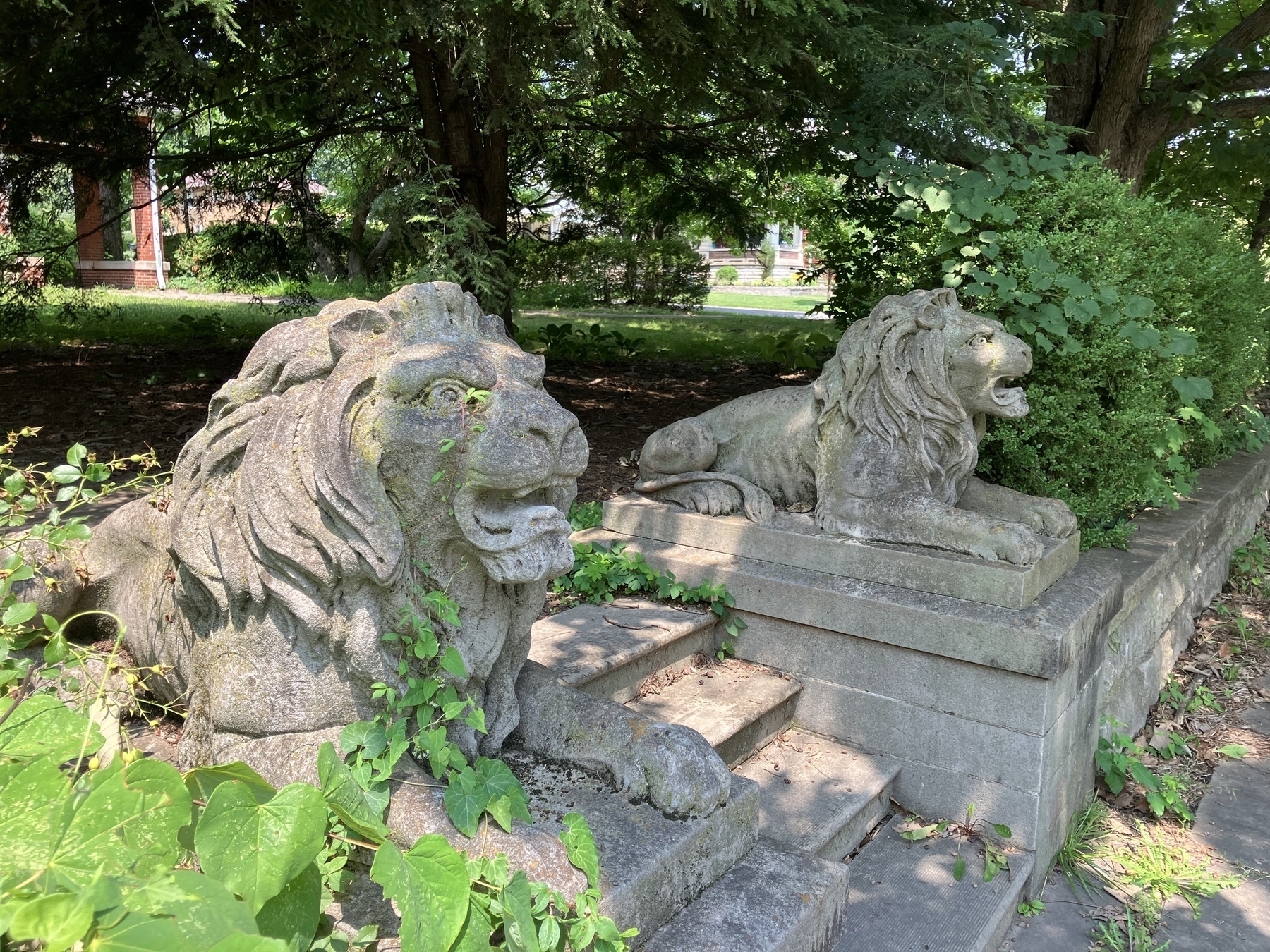
Recording taken by me on the morning of August 8, 2020, at the Canyon Forest Nature Preserve. Listening to the wood thrush’s song echoing through the forest was a beautiful moment that still comes to mind now and then.